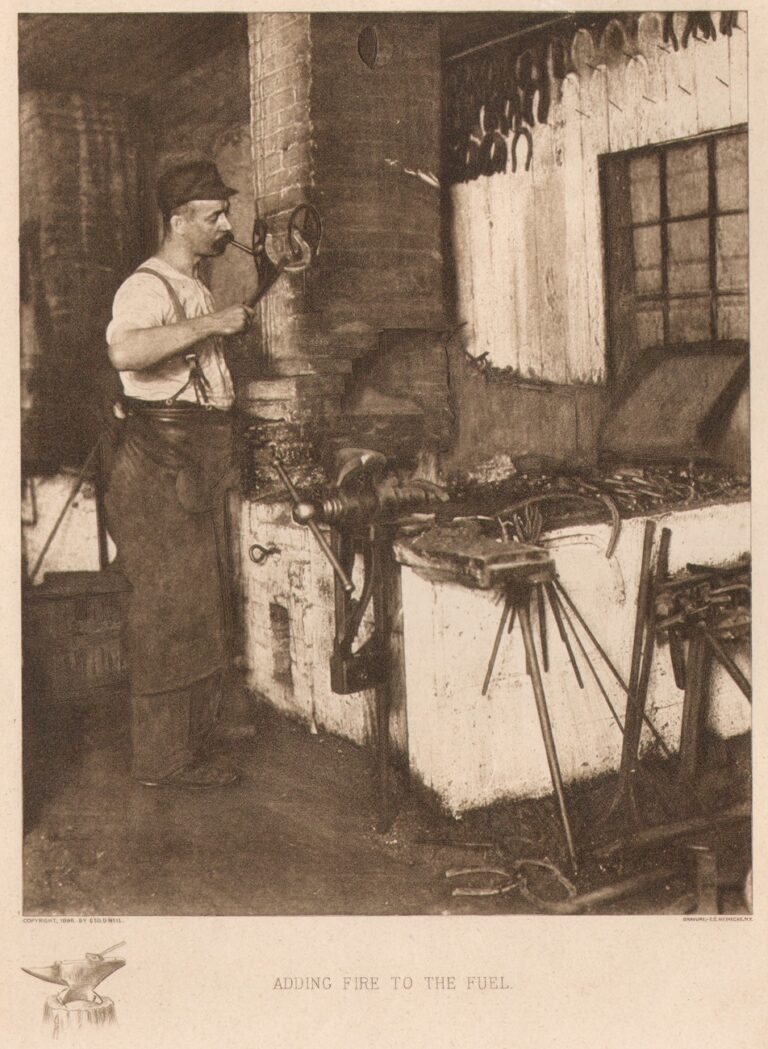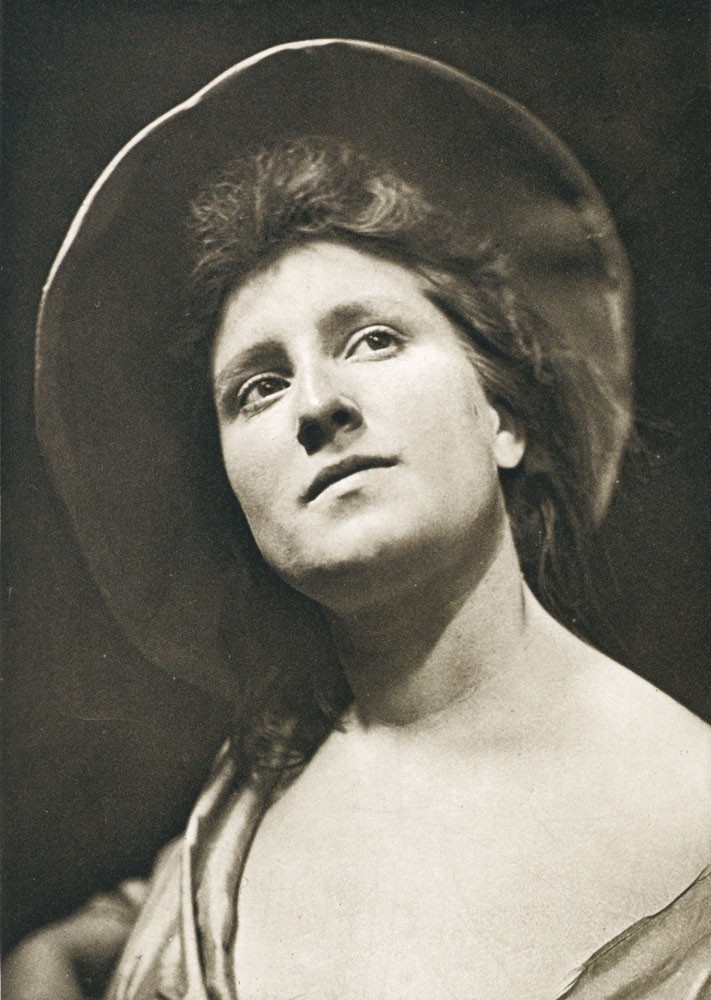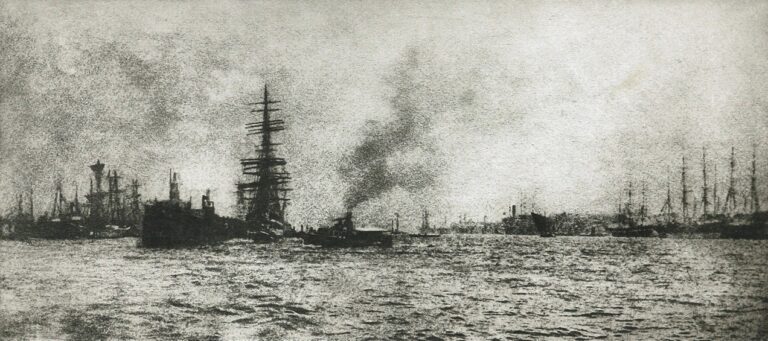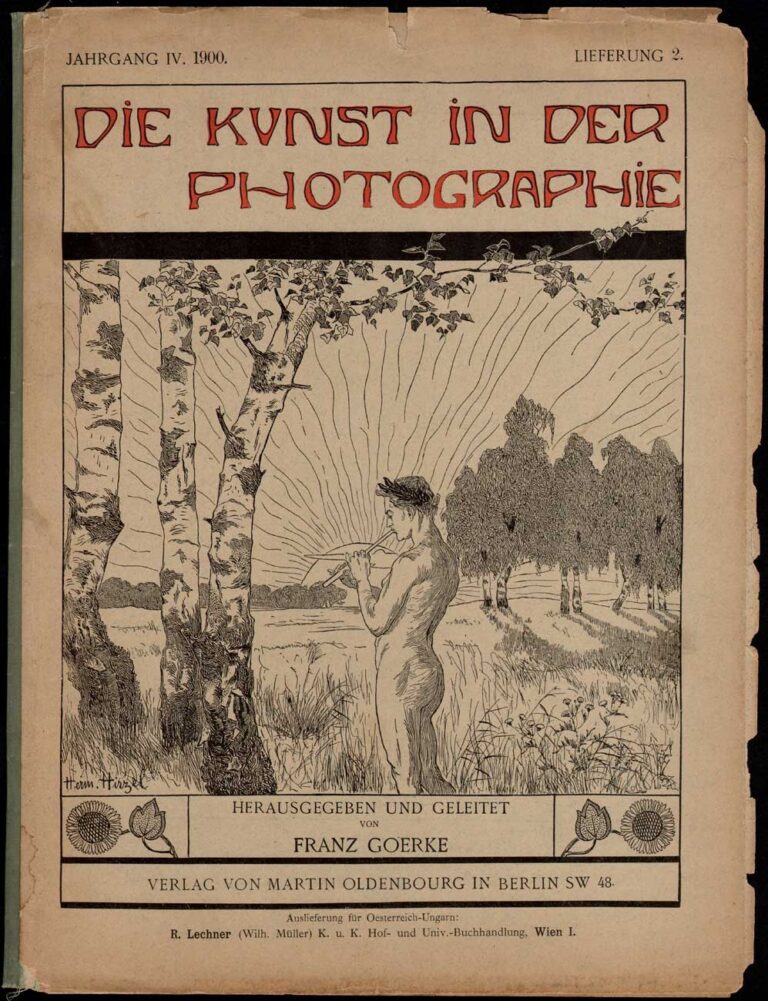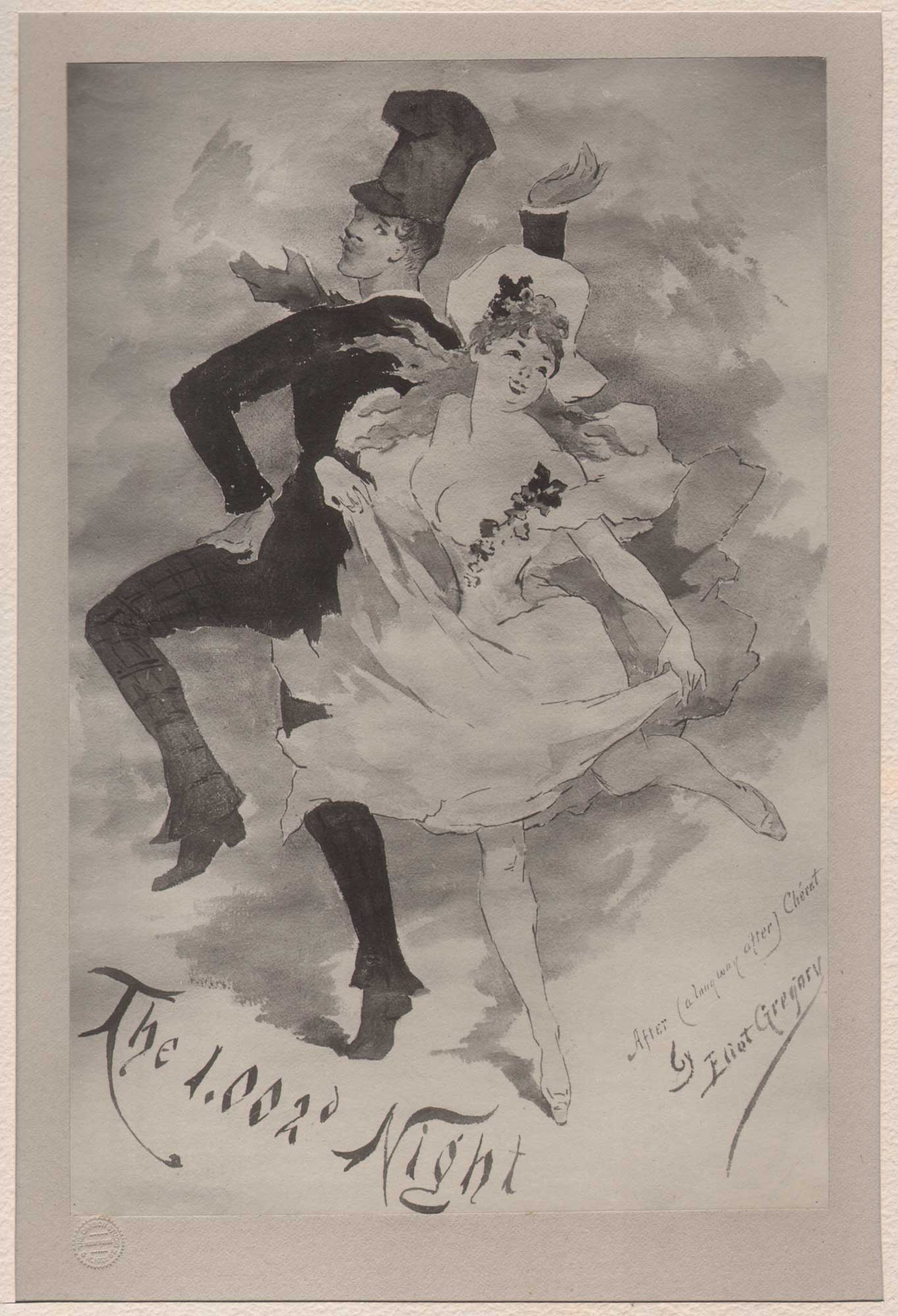
The 1002d Night
Mr. Elliott Gregory wore one of the most striking costumes of the evening. He appeared as a French tough. He had on a tall hat made of batiste, bulging out at the top, and with a peak in front. He wore a velveteen coat, and his plaid trousers were very loud, indeed. They belled at the bottom and nearly covered his shoes. A flaring red necktie complete this unique costume.
The American artist Elliott Gregory pictured himself in his own poster drawing-seen here dancing with a fellow party celebrant- the above lines describing the costume the artist wore to the One of the 1001 Nights party at the Breese townhouse in an article published afterwords in The New York Journal.
Eliot Gregory: 1854-1915
American artist and author Eliot Gregory was born in 1854 in New York City, the second son of James Gilbert Gregory (1811-1865) and Eliza Morgan (1813-1901). He had one older sibling, brother Henry Sanford Gregory (1841-1929). Author of The Last of the Mohicans, James Fenimore Cooper, was a great uncle to Eliot Gregory. After graduating from Yale University in 1880, Eliot Gregory continued his studies in Rome, Italy, and Paris, France, where he immersed himself in the art world. This led to his successful career as portraitist, painting prominent people of the day including “Song of Hiawatha” poet Henry Wadsworth Longfellow. He won the Gold Medal at the Paris Art Salon in 1899. For his many years that he lived and wrote in and of Paris, Gregory was awarded the Cross of the Legion of Honor in 1911.
An outspoken critic and discerning observer of people, Gregory wrote numerous short stories and essays published in such newspapers and magazines as The New York Post, Scribner’s and Harper’s, which were published collectively in his Worldly Ways and Byways (1898). Some of his works were published under his nom de plume “An Idler”. He was active in the theatre and for a time acted as Director of the Metropolitan Opera Company of New York City. Eliot Gregory died at his home in New York at the age of sixty-one on 1 June, 1915, and lies buried at Green-Wood Cemetery, Brooklyn, Kings County, New York, USA, now a designated National Historic Landmark. – The Literature Network (2025)
✻ ✻ ✻ ✻ ✻
One of perhaps only 50-70 copies produced, with almost all believed to be either lost or destroyed, this rare mammoth album of original carbon photographs, including of artwork produced by notable artists and an original multi-color lithograph, was compiled by amateur photographer James Lawrence Breese in early 1897. An important and historical photographic and artistic record of America’s Gilded Age, it was produced as a lavish “souvenir” album of a gathering of 70 invitees of the New York City elite, including members of The Four Hundred. The occasion was a costume party at the photographer’s “Carbon Studio” and townhouse at midnight on December 17, 1896.
The album contains ten carbon prints, laid down on oversized cards and individually matted, all with Breese’s “The Carbon Studio” blindstamp, and an original lithograph of the party’s “menu” printed in colors by American artist Robert Lewis Reid. (1862-1929)
